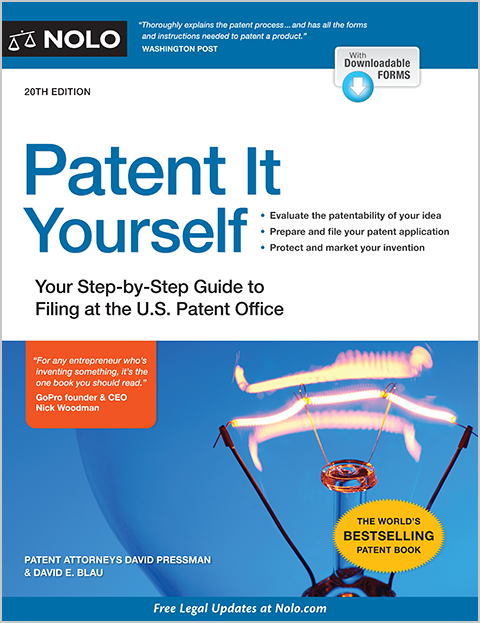Learn about copyright protections affecting your ability to use other creators' works.
Artists often take inspiration from the works of other artists. This happens across all forms of art, from playwriting to musical composition to poetry. It certainly happens in the visual arts as well, where artists will make references or even directly incorporate aspects of another artist's work into their own.
How does copyright law impact your ability to make art from the images, books, or paintings of another artist? If you do so, do you run the risk of legal liability?
How Copyright Law Protects Creators of Original Works
Copyright law gives content creators certain exclusive rights to reproduce and sell works. These exclusive rights, conferred by 17 U.S.C. § 106 of the Copyright Act of 1976, include the rights to reproduce, perform, and distribute the copyrighted work. As a basic example, if you write a book, another person cannot come along and photocopy and sell that book without your permission.
When these rights are infringed, copyright owners can file a lawsuit seeking money damages for infringement as well as a court injunction to mandate that the infringer cease its infringing activity.
As you can imagine, copyright law is therefore an important tool for visual artists. Imagine if you spent months painting a beautiful landscape painting, only to have someone else come along and make posters of the image, selling those posters all over town without permission. Surely you would be angry, as this infringer has essentially taken your work for his or her own profit without permission.
In order to sue for copyright infringement, you must register your work with the 17 U.S.C. § 107, certain uses of copyrighted material "for purposes such as criticism, comment, news reporting, teaching (including multiple copies for classroom use), scholarship, or research, is not an infringement of copyright." As a matter of policy, fair use is based on the belief that the public is entitled to freely use portions of copyrighted materials for purposes of commentary and criticism.
When faced with a copyright dispute over fair use, a court will consider four factors regarding the infringer's use of the copyrighted work to determine whether the defense applies. These factors are: (i) the purpose and character of the use, including whether such use is of a commercial nature or is for nonprofit educational purposes; (ii) the nature of the copyrighted work; (iii) the amount of the portion used in relation to the copyrighted work as a whole; and (iv) the effect of the use upon the potential market for or value of the copyrighted work.
Consider these fair use factors in connection with the photographic collage example above, in which you seek to use a photo of a building taken by a third-party photographer in your landscape painting. Your use of the photograph would be commercial only if you intend to sell the painting. If you intend to merely keep it or display it in your home, there is no commercial element. Moreover, even if you do intend to sell it, the photograph represents a relatively minor portion of the total work. If you are using only a small part of the photographer's photo of the building, that would weigh in your favor; if you are using the entire photo, that could weigh against you. Finally, looking at the last factor, if your use of the photo would impact sales of the photograph (and therefore harm the photographer), that would weigh against your use. However, that seems unlikely here. Few people would buy your painting instead of the discrete photograph, and vice versa. On balance, it seems your use of the photo in your collage would constitute fair use.
Ordinarily, copyright law will allow artists to utilize the works of other artists, at least within the balancing tests of the fair use factors. However, as a matter of professional courtesy and caution, it might be worth your time to seek permission if you intend to use a significant part of an artist's copyrighted work. This is especially true if you believe the artist is well-known, or might have an aggressive legal team patrolling his or her copyrights. Asking permission could make the artist less likely to react with anger when seeing his or her work replicated without warning.
Talk to a Lawyer
Need a lawyer? Start here.
How it Works
- Briefly tell us about your case
- Provide your contact information
- Choose attorneys to contact you
- Briefly tell us about your case
- Provide your contact information
- Choose attorneys to contact you



